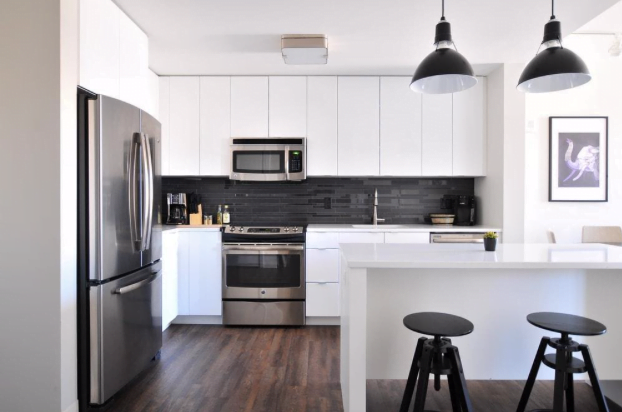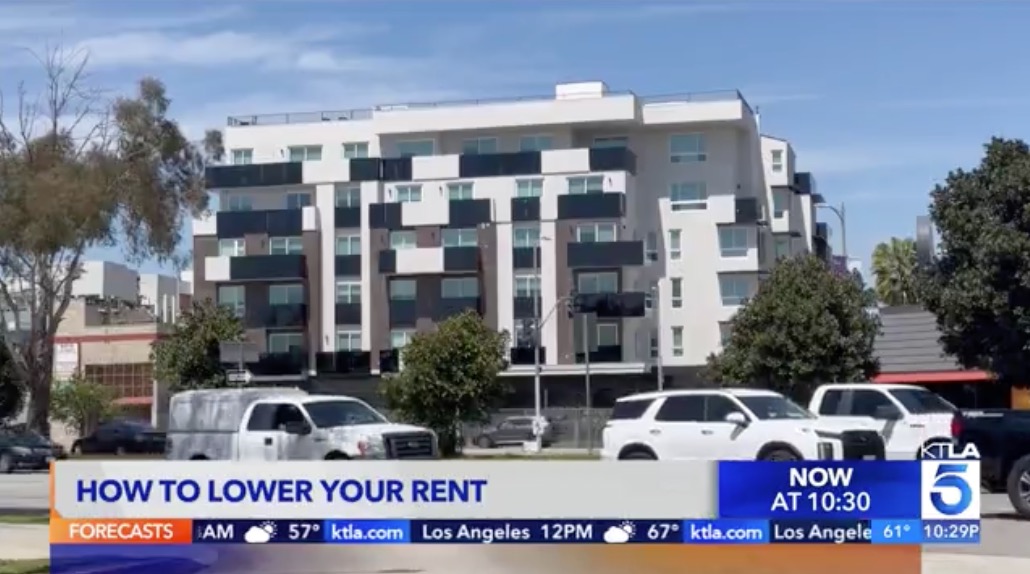When searching for rentals, first check the monthly cost of rent. Oftentimes, tenants are unable to move in or out on the 1st or 30th of the month. It does not make sense to charge the entire month’s rent if the tenant is not present for majority of the month.
Prorated rent allows the tenant to only pay the amount of rent based on the number of days they have been living in the property. The terms and conditions for this type of agreement may vary from property manager to property manager, so before you choose your next home, ask the important questions.
If this sounds complex, don’t worry. We’ll explain what prorated rent is, how it is calculated, and the benefits of this type of rental agreement.

What is Prorated Rent?
Prorate rent is calculated based on the number of days a tenant stays at the property. If an individual moves in or out in the middle of the month, their landlord likely won’t charge the full rent. Instead, they will calculate the per day rent and multiply that with the number of days the tenant stays.
As we mentioned, rent is typically due on the 1st of every month or the last day of the month. If a tenant moves in during the middle of the month, then the landlord can charge only partial rent based on the number of days the property was occupied for.
If tenants choose to break their lease early due to scenarios related to health and safety violations and even domestic violence – prorated rent will ensure that the tenant does not have to pay for the days they didn’t stay at the property. Prorated rent is also useful if you wish to stay a few extra weeks after your lease is over. Fair payment terms benefit landlords and tenants. They ensure landlords do not overcharge and renters do not underpay.
The Positives of Prorated Rent
Prorated rent is highly beneficial for people who are looking for short-term rental options. For example, if an individual spends 4 months out of the entire year in a different place, then it does not make sense for them to pay the full amount for the year in rent. Instead, they can opt for prorated rent that allows them only to pay for the number of days they have spent living in the rental. This can help tenants save thousands of dollars annually.
When Do I Pay Prorated Rent?
The property management or the landlord can adjust your prorated rent based on the extra days of stay occurring at the beginning of the month or the end of it. If the tenant moves in at the end of the month before the rental period begins, the landlord may simply charge the additional rent with the security deposit. If not, they may choose to adjust the amount with the first month’s rent. The landlord may also choose to charge you separately at the end of the month for the number of days you have stayed.
Have a conversation with your landlord regarding prorated rent and payment duedates before you sign the lease agreement. All the terms and conditions related to prorated rent should be mentioned in your rental agreement. While some landlords are flexible when it comes to making payments, other real estate agencies may have policies that cannot be changed.
How Do You Calculate Prorated Rent?
Landlords calculate prorated rent using one of the three main methods:
- By calculating the exact number of days in a month
- Calculating as though all months have 30 days
- By the number of total days in a year
To calculate prorated rent by the exact number of days in a month, let’s say we take January; the total rent divided by 31 calculates the amount of daily rent.
By using the standard of 30 days in a month, you divide the total monthly rent by 30 to get the daily rental rate. Next, the landlord multiples the additional number of days stayed with the daily rental rate.
Out of the three different ways of calculating prorated rent, calculating it by the number of days in a year is the least common. This method involves multiplying the monthly rent by 12 (months) and dividing it by 365 (days). This is the least common way because the rental prices fluctuate throughout the year and between seasons.
The Bottom Line
The cost of rent always factors into the decision-making process when looking for a rental home. Prorated rent could really sweeten the deal for a lot of renters. Making this sort of agreement with your property owner can save you a lot of money. If this is not something you’ve discussed with your prospective property owner, feel free to ask them if that’s something they would consider incorporating into your lease.
If you’re looking for more renter-relevant content, check out our other informative blog posts here.
Looking for a new rental home? Dwellsy is here to help.








